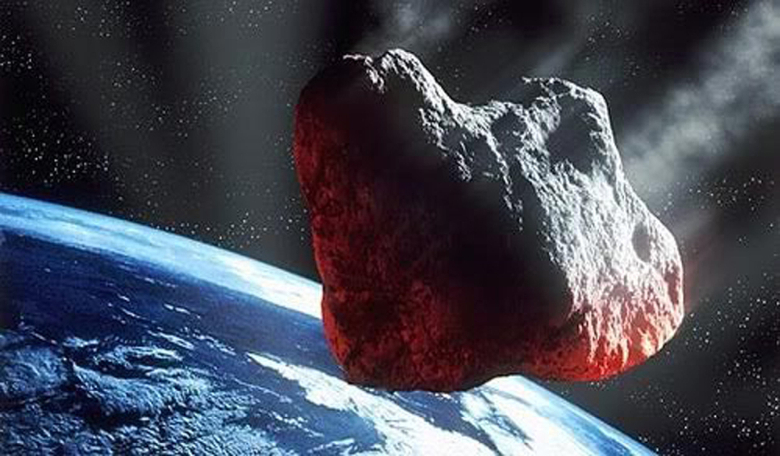Hoping to protect the world from asteroid impacts, the Asteroid Institute has announced that both Google Cloud and Analytical Graphics Inc (AGI) will be its new technology partners in the development of the company’s Asteroid Decision Analysis and Mapping (ADAM) project.
With an unprecedented flood of asteroid discoveries expected within the coming decade, last year the Asteroid Institute embarked upon a project to advance the field of planetary defence with advance cutting-edge technologies. This technology is in the shape of ADAM, an analytical tool to identify, track, analyse, and react to opportunities and threats coming from the asteroids in the solar system.
However, ADAM will not be locked away in the confines of some government agency to be used by only a select few, but instead is being designed as an open-source, cloud-based infrastructure. This will allow the science and business community to use it as a baseline for comparison and collaboration and enable researchers worldwide to build applications that make use of the data in the asteroid map.
As ADAM will be cloud-based, it will enable the astrodynamics algorithms to be run at an extremely large scale, with many runs being done simultaneously. Researchers using the data will therefore be able to run computational problems that otherwise would be impossible on local workstations. Hence the need for internet giants like Google to be involved.
“We are very pleased to have two of the world’s leaders in software and computing join our efforts,” said Dr. Ed Lu, Executive Director of the Asteroid Institute. “In the next decade, we will see a tsunami of data emerge, as major assets, including the Large Synoptic Survey Telescope (LSST) and hopefully NASA’s NEOCam go into operation.”
“With greater collaboration and transparency, ADAM will enable not only rapid calculations, but also be able to run simultaneous astrodynamics algorithms that will let researchers see patterns, important in protecting Earth from potentially dangerous asteroid impacts,” added Lu.
The Asteroid Institute was set up last year by B612; a virtual organisation established in 2002 that includes former astronaut Russell (Rusty) Schweickart from the Apollo 9 missions as a co-founder of the company. For the past several years, B612 has been working on synthetic tracking technology, which the company believe can revolutionise the discovery of asteroids by allowing researchers to track millions of asteroids too small to be seen by other means.
This data will then be used to create, amongst other things, a dynamic map of the inner solar system. With knowledge of where these now known asteroids are lurking, aside from helping to protect our planet from potential asteroid impacts, it could also aid in future exploration and the economic development of space, such as asteroid mining.
B612 is also a founding partner of Asteroid Day, a global awareness campaign that teaches people about asteroids and this year will be held on 30 June.











